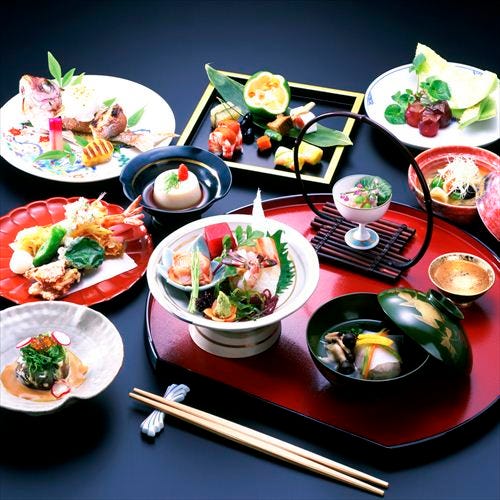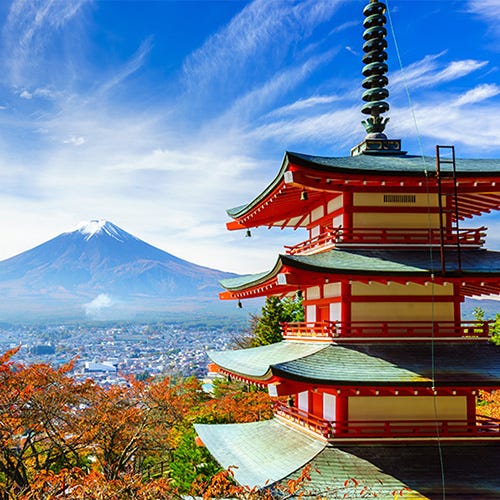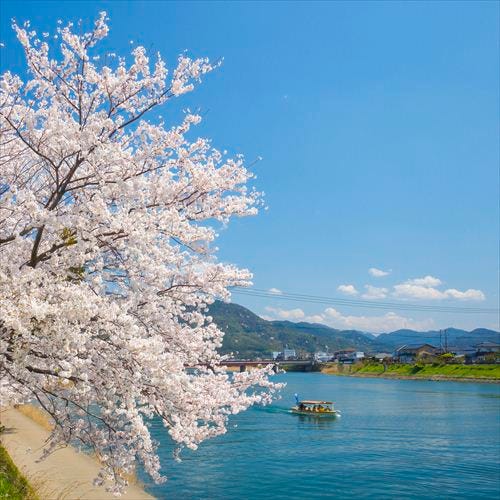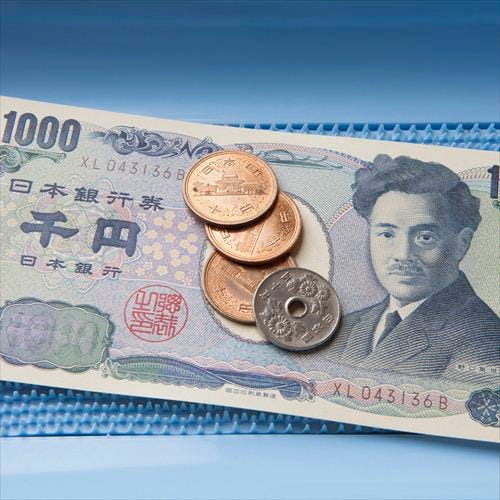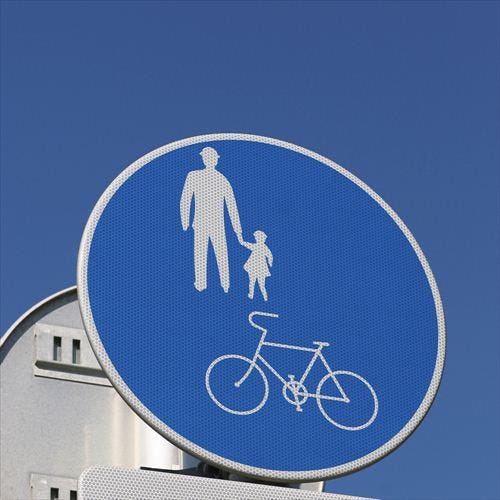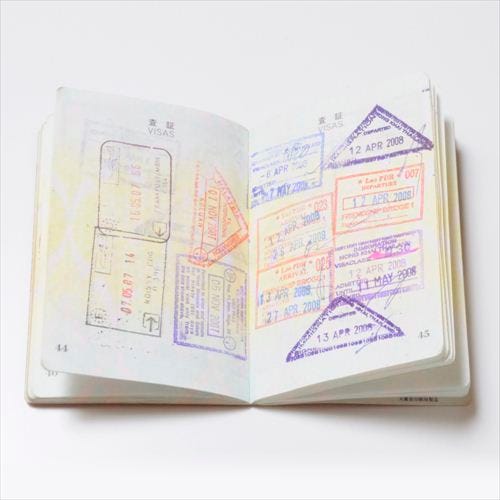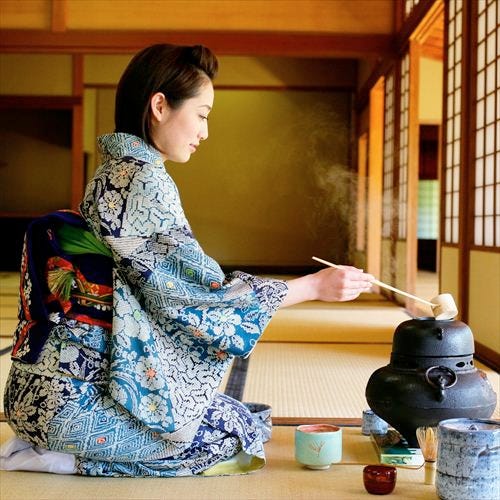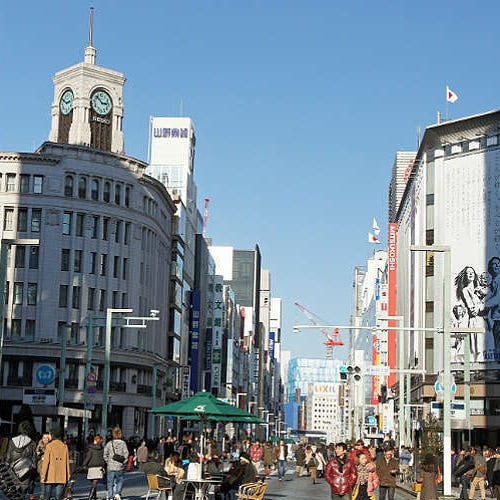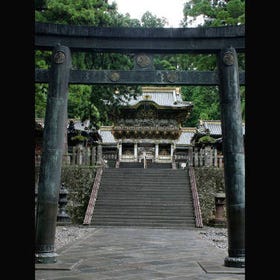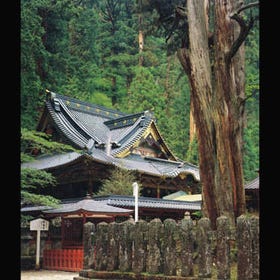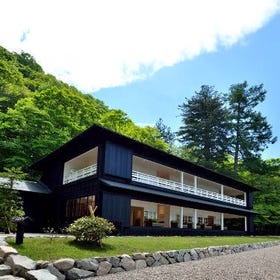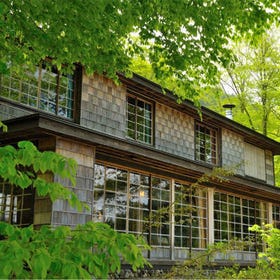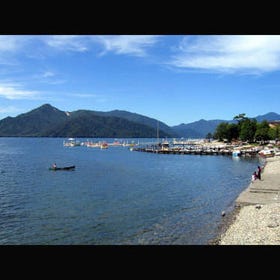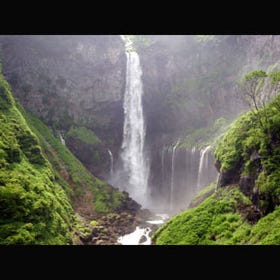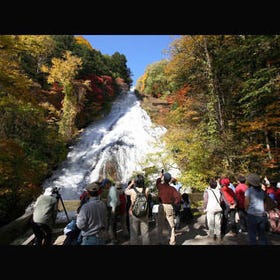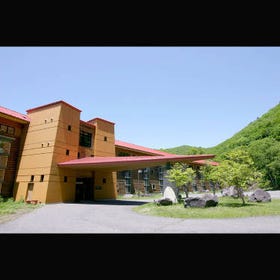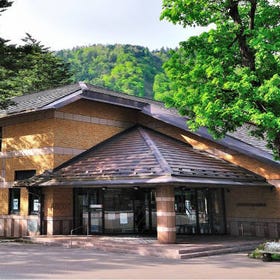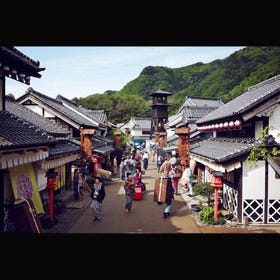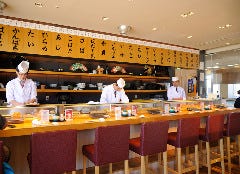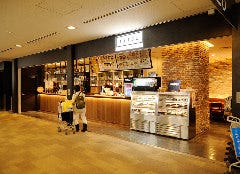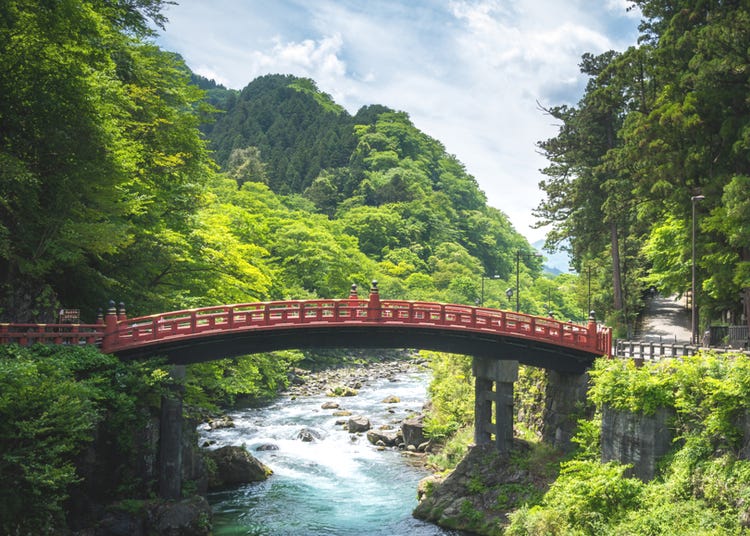
Located in northwestern Tochigi Prefecture, about two hours by train from Tokyo, Nikko is one of the Kanto region’s best tourist destinations. It has a wealth of sights where visitors can enjoy history, nature, hot springs, historical buildings like world heritage Nikko Toshogu, Kegon Falls, one of the three most famous waterfalls in Japan, Irohazaka, and Lake Chuzenji.
Here we’ll introduce basic info about Nikko and the latest sightseeing and dining recommendations.
1. What is Nikko?
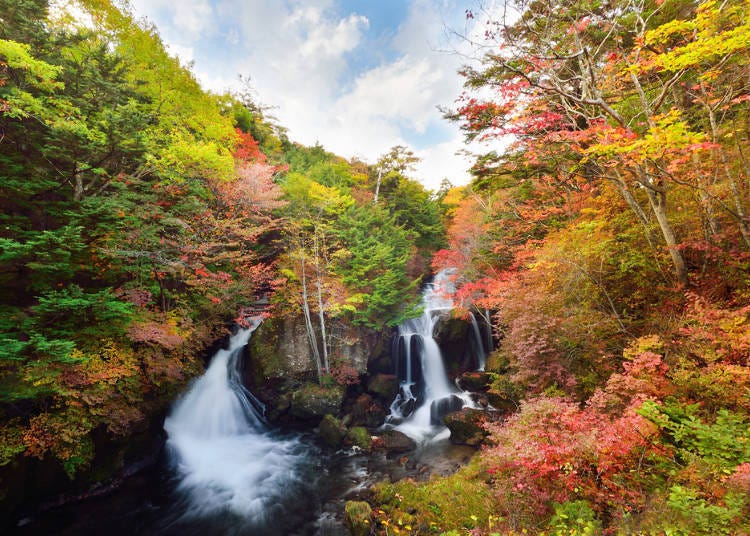
Located in northwestern Tochigi prefecture in the northern part of the Kanto region, Nikko is the third largest city in Japan in terms of area. With a beautiful landscape that changes with the seasons and many nearby mountains and lakes including Mt. Nantai and Lake Chuzenji, it is one of Japan’s leading tourist destinations visited by more than 12 million people annually.
Nikko was founded by a monk named Shodo Shonin in 766 AD and has been a place of worship ever since. Nikko Toshogu is the oft-visited grave of Ieyasu Tokugawa, the first shogun of the Tokugawa family, which ruled Japan during the Edo period (1603-).
In 1999, along with Nikko Futarasan shrine and Nikkosan Rinnoji temple, Nikko Toshogu was registered as a World Heritage Site under the “Japanese shrine or temple” caregory. In addition, there are many other temples and shrines in the area said to be “power spots” with significant historical and cultural value.
Nikko covers a large area, highlighted by the World Heritage area and the Oku-Nikko (Inner Nikko) area, which is about 80 minutes from the city by bus. At an altitude of about 1,300 meters, Oku-Nikko is famous for its mountains, lakes, waterfalls, and hot springs. At Lake Chuzenji you can enjoy the scenery by boat or kayak and the Akechidaira Observatory offers a spectacular view of the lake and the mountains.
As recently as 2018, Nikko has been a popular tourist destination visited by 100,000 international tourists every year. Nikko Toshogu was ranked 7th in Japan in TripAdvisor's “Most Popular Tourist Spots for Foreginers 2020.”
In the past, it was a popular summer resort for foreigners living in Japan, and Western culture has taken root in the area and giving it a familiar feel for visitors. Nikko is known worldwide for its traditional architecture and rich history and culture.
2. The best time to visit Nikko
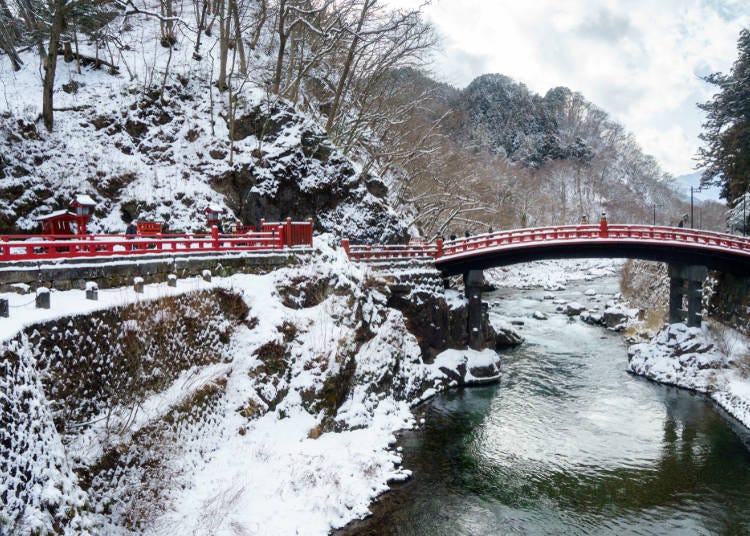
The charm of Nikko’s historical buildings and beautiful nature can be enjoyed all year round, but autumn and winter are especially recommended. Nikko’s autumn leaves are famous throughout Japan and the best leaf viewing is from mid-October to early November at Ryuzu Falls, Lake Chuzenji, Kegon Falls, and Irohazaka, which has been selected as one of the “100 Best Roads in Japan.”
In winter, the snowy scenery is superb and there are plenty of experiences and sights unique to the season, such as watching the snow fall while bathing in a hot spring, frozen waterfalls, and the Oku-Nikko Snow Festival.
The region’s temperature is about 3° to 7° C lower than Tokyo throughout the year. Nikko’s temperature varies widely during the day, and even in summer mornings and evenings get cool, so be sure to wear suitable clothing to handle the temperature range. Oku-Nikko’s high altitude keeps it cold in spring and in autumn, the temperature is about the same as midwinter in Tokyo. In winter, it’s snowy and temperatures drop below freezing.
3. Nikko Transportation

Access from Tokyo
Train
Nikko is served by JR Nikko Station and the Tobu Railway’s Tobu Nikko Station. The two stations are about a 5-minute walk from each other, but Tobu Nikko Station is more convenient for sightseeing.
The best way to get there from Tokyo is from Asakusa Station. Although the number of departures is lower, you can get directly to Nikko in about 2 hours via the express JR/Tobu “Nikko” train from Shinjuku and Ikebukuro.
・ Available routes
JR - Nikko Line to Nikko Station
Tobu Railway - Tobu Railway Nikko Line, Tobu Isezaki Line to Tobu Nikko Station
- 1. Via JR
- Tokyo Station <Tohoku Shinkansen> → Utsunomiya Station <Nikko Line> → Nikko Station; approximately 2 hours (5,150 yen for unreserved Shinkansen seats)
- 2. Via JR + Tobu Railway
- Tokyo Station <JR Joban Line> → Kitasenju Station <Tobu Isesaki Line “Tobu Limited Express Spacia”> → Tobu Nikko Station; approximately 2 hours and 30 minutes (3,080 yen)
- ・ Access from Shinjuku and Ikebukuro
- JR/Tobu direct limited express “Nikko,” approximately 2 hours (4,080 yen)
- ・ Access from Ueno
- Ueno Station <Tokyo Metro Hibiya Line> → Kita-senju Station <Tobu Isesaki Line “Tobu Limited Express Spacia”> → Tobu Nikko Station; approximately 2 hours (3,030 yen)
*Please note that train names on the Tobu Railway “Limited Express Spacia” vary depending on the destination: “Kegon” for departures and arrivals at Tobu Nikko Station and “Kinu” for arrivals and departures at Kinugawa Onsen Station on the Kinugawa Line.
* Prices for tickets only
* JR Rail Pass requires a separate fare/charge between Kurihashi and Tobu Nikko.
▶ You can ride trains and buses in the Nikko area freely with the “Marugoto Nikko Tobu Free Pass.”
This round-trip ticket between a Tobu Railway departure station, (e.g. Asakusa) and Imaichi station allows you to get on and off trains along the designated section of the Tobu Line. It’s valid for 4 days, making it perfect for a leisurely-paced trip.
Bus
You can also take a highway bus from Tokyo Station.
・ Access from the Yaesu South Exit of Tokyo Station: Take the Tohoku Kyuko Bus “Tokyo-Nikko / Kinugawa Line” to Tobu Nikko; approximately 2 hours 55 minutes (2,500 yen)
https://www.tohoku-express.co.jp/course/nikko.php
Transportation around Nikko
There are many convenient passes for Nikko tours. The pass exclusively for foreign tourists is a great deal and recommended.
▶ “NIKKO PASS all area” for foreigners visiting Japan
This pass allows you to enjoy not only the famous shrines and temples of Nikko, but also the Lake Chuzenji Kisen and Akechidaira Ropeway and also includes discounts at various venues.
Price: Summer (4/20 - 11/30), adults 4,520 yen, children 1,180 yen; Winter (12/1 - 4/19) adults 4,150 yen, children 1,060 yen.
Validity: 4 days
▶ “NIKKO PASS world heritage area” for foreigners visiting Japan
This pass is convenient for those who want to see the temples and shrines in Nikko’s World Heritage Site area.
Price: adults 2,040 yen, children 610 yen
Validity: 2 days
4. Staying in Nikko
Nikko, also called “Nikko Yumoto Onsen,” has long been a popular hot spring resort, with many hotels and inns featuring hot springs. There is a wide variety of hotels, from affordable inns and hotels around 6,000 yen per night to luxurious 5-star hotels and luxury inns.
The hot spring inns around Nikko Toshogu are convenient for sightseers, and if you’re hoping to relax in the nature, calm, quiet Oku-Nikko Inn is recommended.
5. Gourmet food in Nikko
Nikko's local specialty is “Yuba” – tofu skin. Taking advantage of the mountains’ groundwater and springs, dishes like “Yuba Musubi” and “Yuba Soba,”and sweets like “Fried Yuba Manju” and “Yuba Soft Cream” are must-tries. In addition, pudding, cheesecake, and other sweets made with Tochigi's specialty strawberries, and shaved ice made with Nikko's natural ice are also popular.
6. Culture in Nikko
With its wealth of historical temples, shrines, and world cultural heritage bulidings, Nikko is full of must-see architecture:
・ Nikko Toshogu: The shrine where Ieyasu Tokugawa is enshrined
・ Nikko Futarasan Shrine: A shrine dedicated to a god of marriage
・ Nikkozan Rinnoji Temple: With 15 branch temples, including the largest wooden temple in Nikkoyama.
・ Shinkyo: A beautiful vermillion wooden bridge
・ Nikko Shinko Church: A Gothic church
There are also many traditional crafts in Nikko. “Ippitsu Ryu,” an artform in a dragon is drawn with a single stroke, “Nikko Geta,” footwear once worn on shrine grounds, and “Nikko-bori,” the city’s distinct wood carving style, are recommended souvenirs. Some Nikko-bori can be carved on the spot and used as a key chain or nameplate.
7. Activities in Nikko
Nikko is rich in nature, and you can enjoy a multitude of activities in the great outdoors including hiking and trekking around Hangetsuyama and Senjogahara as well as sightseeing boats and canoes on Lake Chuzenji.
There are also campgrounds, and stargazing tours and unique night tours are also popular. Trout fishing in Oku-Nikko in summer and snowshoeing in Senjogahara in winter provide seasonal fun.
8. Shopping in Nikko
Buying local sweets, crafts, and specialty Yuba products are part of any Nikko trip. The Fujiya Tourist Center has locations near Nikko Toshogu Shrine, Nikko Sanrokuoji Temple, and Nikko Futarasan Shrine, and is a convenient souvenir shop that sells everything from sweets to crafts including limited edition products like “Tochiotome Cheesecake” and more.
9. Sightseeing near Nikko
For sightseing in areas near Nikko, the Kinugawa River is recommended. It is one of the leading hot spring resorts in Kanto, with many hotels and inns throughout the Kinugawa Valley. When it was discovered at the beginning of the Edo era, it became an exclusive getaway where only a limited number of people such as the daimyo or monks could enter.
From Nikko, you can get there by train (Tobu-Nikko Line) or bus.
TheTobu World Square and Edo Wonderland Nikko Edomura themeparks, and Kinugawa Ropeway with its spectacular view are perfect for families. They have facilities that are eligible for discounts can be easily reached from Nikko using a transportation pass so be sure to check them out.

Nikko’s tourist attractons are easily accessible from the city center and the region is full of natural and historical charm that changes with the seasons. Sightseeing is becoming more and more convenient with value train passes exclusively for foreign tourists visiting Japan. In addition to day trips, guests can also enjoy the local hot springs at their leisure, so you’re sure to find a location that suits your travel style.
English translation by Gabriel Wilkinson
Written by:

*Prices and options mentioned are subject to change.
*Unless stated otherwise, all prices include tax.
Limited time offer: 10% discount coupons available now!
-

Things to do in Osaka, Kyoto, and Kobe in August 2023: Discover the Best of Kansai This Summer
-
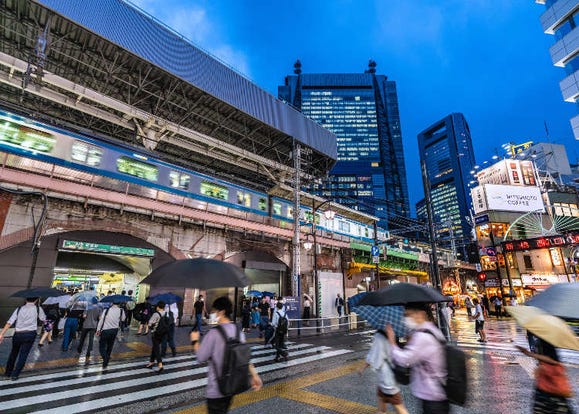
Typhoon Weather Information: In-depth Guide to Precautions, Preparation, and Planning Alternative Activities When Visiting Japan
-

Pop Culture Paradise: Find All Your Favorite Characters at Sunshine City in Ikebukuro
-
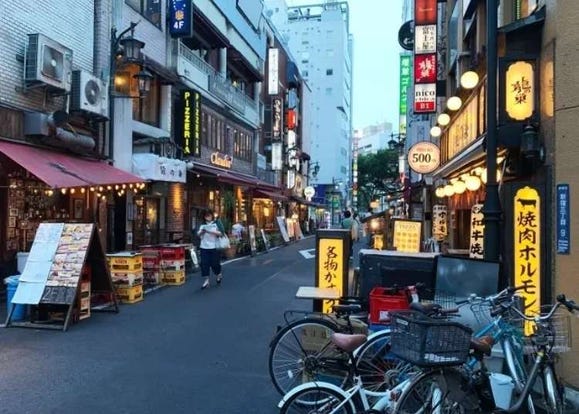
Japanese restaurant chain causes a stir with foreigners online, but is it any good?
- #best ramen tokyo
- #what to buy in ameyoko
- #what to bring to japan
- #new years in tokyo
- #best izakaya shinjuku
- #things to do tokyo
- #japanese nail trends
- #what to do in odaiba
- #onsen tattoo friendly tokyo
- #daiso
- #best sushi ginza
- #japanese convenience store snacks
- #best yakiniku shibuya
- #japanese fashion culture
- #best japanese soft drinks
